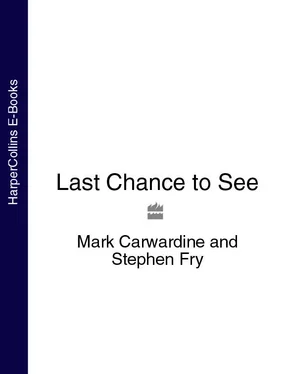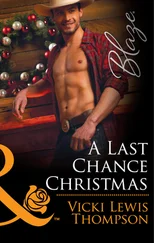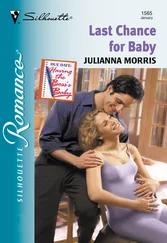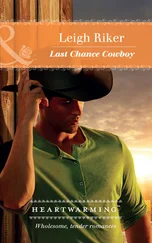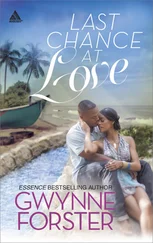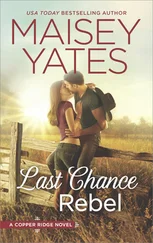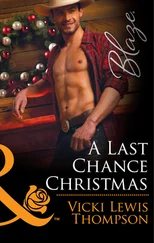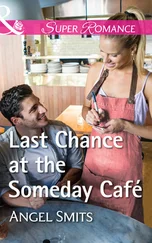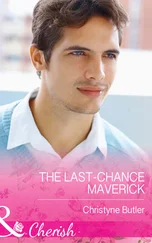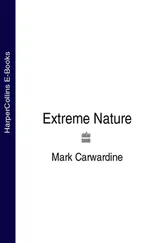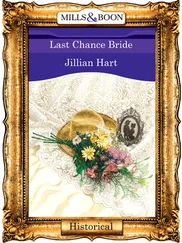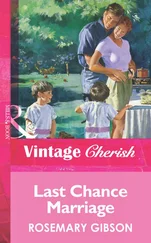
DEDICATION Dedication Foreword by Stephen Fry In the Beginning 1 Travelling Case for a Seal 2 Danger: Rebels Coming 3 Bits of Other Animals 4 Dear Old Ralph 5 Poisoned Dagger 6 Singing the Blues One More Thing… It’s a Wrap! Last Chance to See Travel Statistics Last Chance to Help… Index Acknowledgements Copyright About the Publisher
For Douglas Adams.
Co-conspirator and much-missed friend.
With great admiration for all you did for conservation.
CONTENTS
Cover
Title Page
Dedication DEDICATION Dedication Foreword by Stephen Fry In the Beginning 1 Travelling Case for a Seal 2 Danger: Rebels Coming 3 Bits of Other Animals 4 Dear Old Ralph 5 Poisoned Dagger 6 Singing the Blues One More Thing… It’s a Wrap! Last Chance to See Travel Statistics Last Chance to Help… Index Acknowledgements Copyright About the Publisher For Douglas Adams. Co-conspirator and much-missed friend. With great admiration for all you did for conservation.
Foreword by Stephen Fry
In the Beginning
1 Travelling Case for a Seal
2 Danger: Rebels Coming
3 Bits of Other Animals
4 Dear Old Ralph
5 Poisoned Dagger
6 Singing the Blues
One More Thing…
It’s a Wrap! Last Chance to See Travel Statistics
Last Chance to Help…
Index
Acknowledgements
Copyright
About the Publisher
FOREWORD
I first met Douglas Adams some time in 1983. I can’t imagine what we actually did for the first seven months of our friendship – twiddle our thumbs and yawn, I suppose – but at last in January 1984 the first Apple Mac was launched and from then on we visited each other every day to swap and play. Our interests for the next year or so centred entirely around inanimate electronic equipment and its habit of not working – if we gave the natural world a second thought it was when we looked out of the window and wondered if a thunderstorm was brewing. Lightning strikes could cause a power outage or even a spike or surge in the line that might damage our precious toys. So much for nature.
Time passed. One day, much to my surprise, Douglas went off to Madagascar on a peculiar journalistic mission that had to do with a rare species of lemur. On his return I began to notice an alteration in my reliably geeky-nerd companion. He read Richard Dawkins’s The Selfish Gene and The Blind Watchmaker and gave me copies telling me that my life would be changed. Which it was. What Nils Bohr said of quantum mechanics is true of evolution, ‘if you’re not shocked then you haven’t understood it properly.’
I had been sharing a place in Dalston at this time with a group of friends from university, but we were now at the stage where it was possible to consider splitting up and buying our own flats and houses. I wanted to find a place in Islington, but also felt that I needed time to look around and wait for the perfect property. Perhaps I should rent first? I off-loaded my tedious residential worries on Douglas one afternoon as we sat in his study staring at a Mac and wondering, for the thousandth time, if we could stop it going ‘boing’ and closing down whenever we tried to do something unusual with it.
‘Why don’t you stay here for a year?’ he suggested. ‘You can house-sit for me. I’ve decided to go round the world for twelve months seeking out rare animals.’
‘You’ve de-whatted to go round the what, whatting out whats ?’
Douglas explained that his journey to Madagascar had lit a fire within him that would not go out. In the company of a zoologist called Mark Carwardine he had found and photographed the elusive lemur known as the ‘aye-aye’, an experience, together with reading Dawkins, that had made him realise that the technology that now most excited him was the one that had evolved over millions of years and resulted in him and me and ultimately the device that wouldn’t stop going ‘boing’. He really wanted to understand this business of life and extinction. He and Mark had hit it off straightaway and the plan was now to find seven more species like the aye-aye that were in imminent danger of disappearing for ever.
The result was Mark and Douglas’s Last Chance to See , a book and a BBC radio series. While the intrepid pair were travelling the globe, I duly stayed at Douglas’s house fielding the occasional call and request. This was the time before faxes were in general use, let alone emails or texts, so communication and flight reservations and other travel details had to be expedited by landline and telex. It was not unusual to be awoken at three in the morning by a Douglas too excited by what was happening around him to have worked out time differences. ‘Can you telex Garuda Air and tell them we want to change our flight?’ he would yell down the phone. I would copy down the names of islands, ports and towns I had never heard of and make calls to countries I couldn’t point to on the map.
The book was a remarkable success. I do not believe it has ever been out of print, a testament to the importance of the subject and to Douglas and Mark’s natural story-telling abilities, charm, wit and unforced writing styles. Alarm about the environment, issues of conservation, pollution, habitat degradation and species endangerment existed before Last Chance to See , but they were far less the common currency of concern than they are now. Mark and Douglas’s book focused general worry into a particular understanding of the clock that was ticking on the future of wildlife in so many corners of the planet. Every campaign needs heroes, faces that represent the issue at stake. Icons, we would say now. It was typical of Douglas, and as I later found out of Mark too, that their icons should be such strange and (at first glance) unprepossessing animals as the Amazonian manatee, the aye-aye and the kakapo. There is something in the solemn oddity, the idiosyncratic earnestness of these species that tears at the heart with greater urgency and pathos than the more photogenic and glamorous pumas, dolphins and pandas. Nature admits of no hierarchy of beauty or usefulness or importance. We like to think, entirely wrongly, that we, mankind, are nature’s last word, at the summit of evolution, or that animals ‘at the top of the food chain’ are somehow more important than animals at the bottom. Last Chance to See showed us all that a bumbling earth-bound parrot is as good a symbol of the beauty and fragility of the natural world as a soaring condor and that a plug-ugly nocturnal lemur with a twiglet for a middle finger can represent the glory of creation quite as aptly as a meerkat or an orang-utan.
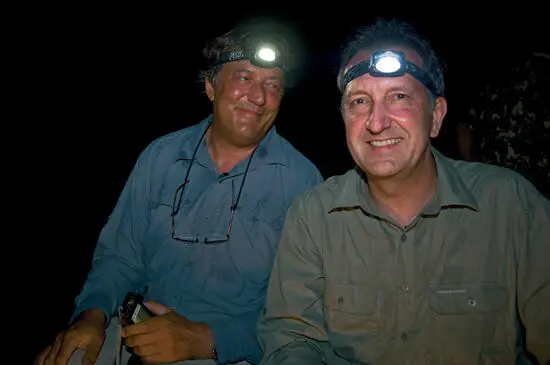
Stephen and Mark on their first trip, to the Amazon.
I was proud to know Douglas, pleased to have been even tangentially connected with his and Mark’s great and pioneering project, but I cannot honestly say that over the following fifteen or so years I gave Last Chance to See much more thought. I re-read it once, I think, and began to develop my own small wildlife interests – involving myself in two films and a book about the spectacled bear in Peru and narrating a handful of the BBC’s Natural World documentaries.

Stephen and Mark: an unlikely duo.
Читать дальше
